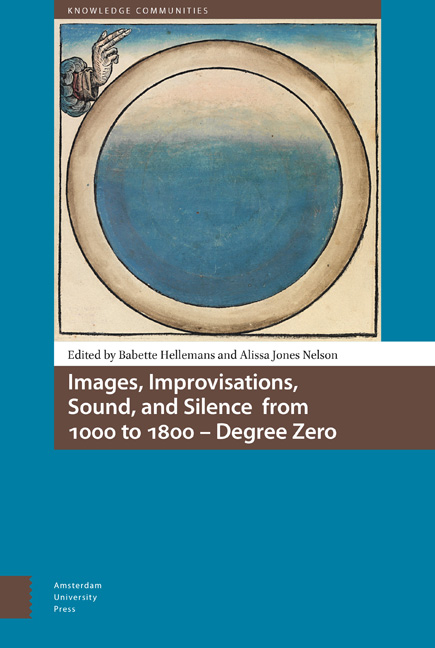10 - Writing about Silence and the Secret in the Twelfth Century: Monastic Variations on a Biblical Theme
Published online by Cambridge University Press: 11 December 2020
Summary
Abstract
The aim of this chapter is to present a journey through a group of texts produced in the monastic context in the twelfth century. I intend to demonstrate the ambivalence of silence when one considers it not only as a practice to be described, but as a question to be interpreted. Silence participates in a reflection that gives birth to an orthopraxy, which begins with the writing and copying of new works. It is thus somewhat reductive to oppose the practice of silence to the theory of silence. The monks’ reflections on silence place their works of commentary on a level of literary creativity that must always claim the attention of historians.
Keywords: silence; monastic literature; Bible; exegesis
Medieval monks wrote a great deal about silence – for example, in rules, customaries, and treatises. The documentation is vast, and after having captivated those monks, this phenomenon has fascinated historians in recent decades. Given the sheer number of documents to be mastered, it has been necessary to differentiate and classify the various forms of silence in order to grasp a reality which, by definition, is difficult to put into words. The most logical method, apparently, is to proceed from concrete life experience to the more abstract. As a priority, historians have thus been interested primarily in the daily life of monks. Regardless of the rule considered, silence was a daily obligation in the Middle Ages and formed the framework that embraced all communication within religious communities.
Silence is a discipline exercised by the absence of speech; silence is also an ideal practice for stripping back to the interior person. The monk practices spiritual exercises such as meditation in order to maintain interior silence. At the highest level, he arrives at a silent ecstasy, considered to be the preeminent response to the ineffable divine. It is thus tempting to compare these different silences to a mille-feuille or a pile of nested boxes that lead from the material silence of the tongue to the interior silence of the soul. In this historiographical reconstruction, silence is an orthopraxy – which is to say, the practice of a norm that is lived and imitated – before it becomes an orthodoxy, conforming to a law or a teaching. All of this is largely true, but this reconstruction also contains an implicit conception of the real.
- Type
- Chapter
- Information
- Images Improvisations Sound and Silence from 1000 to 1800 , pp. 191 - 208Publisher: Amsterdam University PressPrint publication year: 2018



